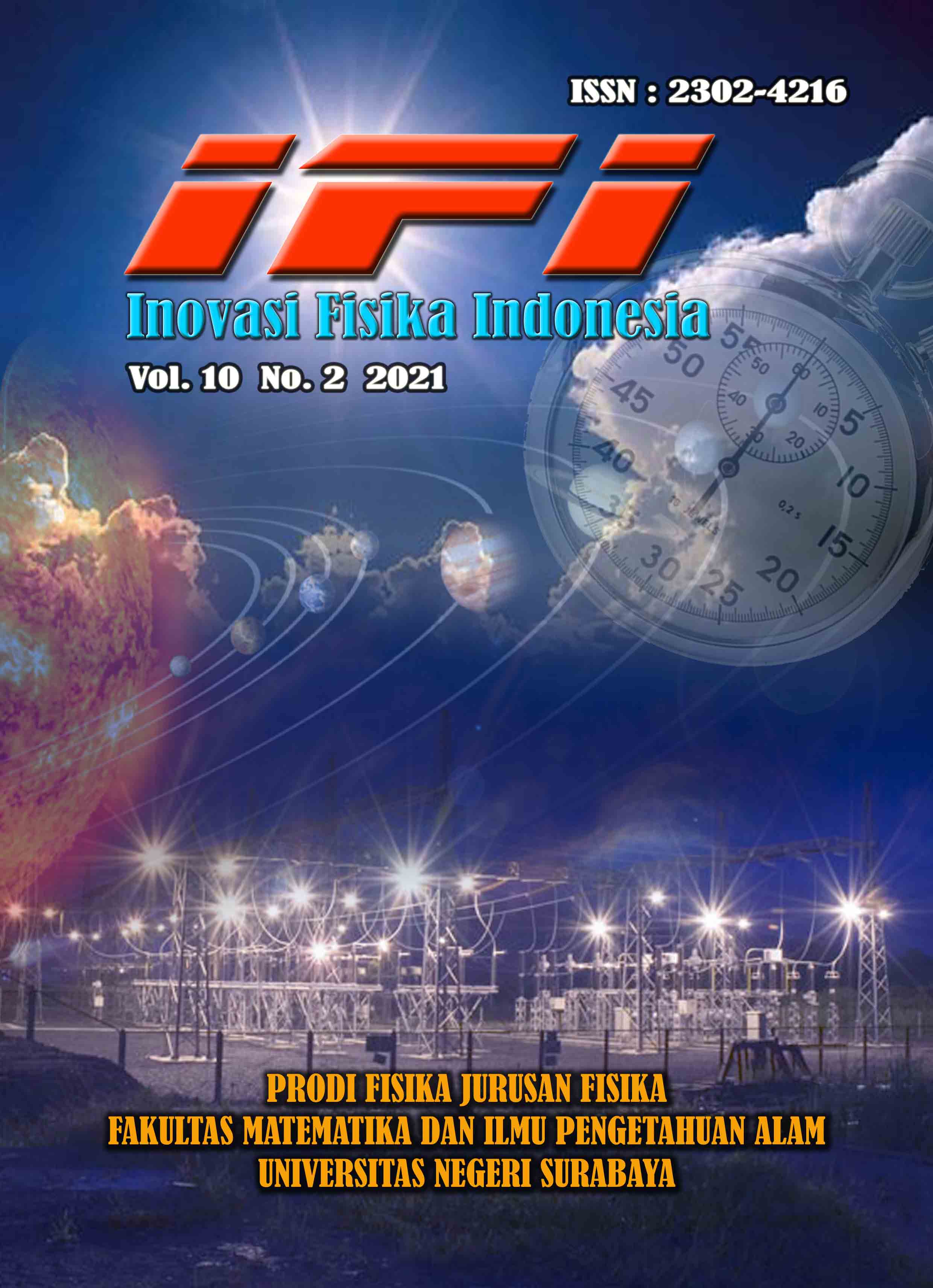ANALISIS DISTRIBUSI TEGANGAN NORMAL GEMPA BUMI DI WILAYAH SESAR SUMATRA MENGGUNAKAN METODE INVERSI TEGANGAN
DOI:
https://doi.org/10.26740/ifi.v10n2.p73-80Downloads
Download data is not yet available.
Downloads
Published
2021-07-05
How to Cite
Rahmawati, W., & ., M. (2021). ANALISIS DISTRIBUSI TEGANGAN NORMAL GEMPA BUMI DI WILAYAH SESAR SUMATRA MENGGUNAKAN METODE INVERSI TEGANGAN. Inovasi Fisika Indonesia, 10(2), 73–80. https://doi.org/10.26740/ifi.v10n2.p73-80
Issue
Section
Fisika Kebumian
 Abstract views: 460
,
Abstract views: 460
, PDF Downloads: 1136
PDF Downloads: 1136








1.png)
